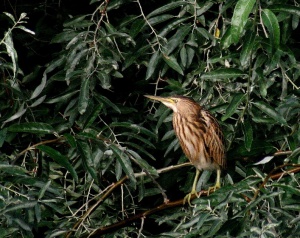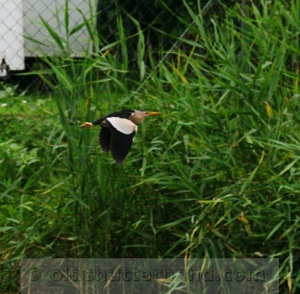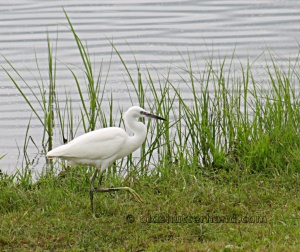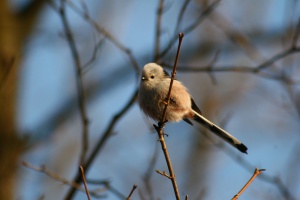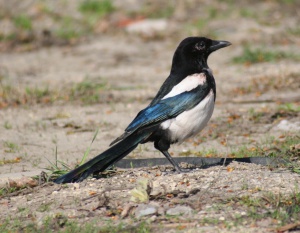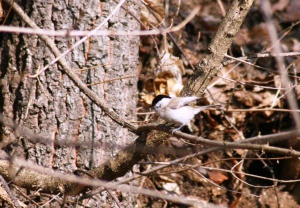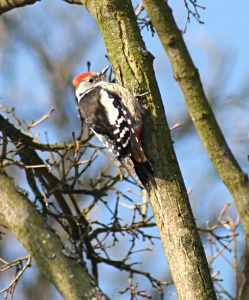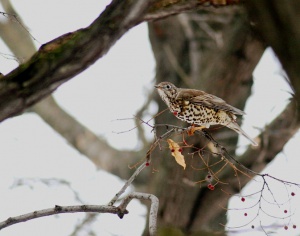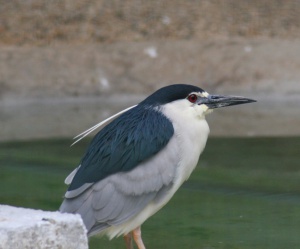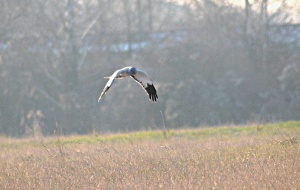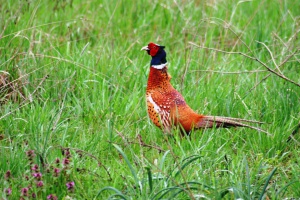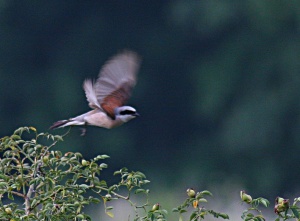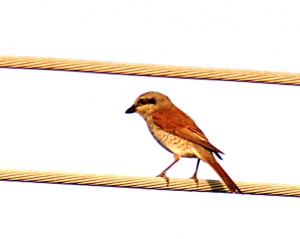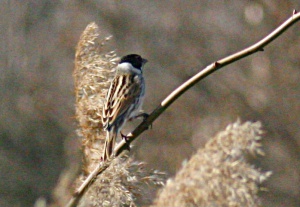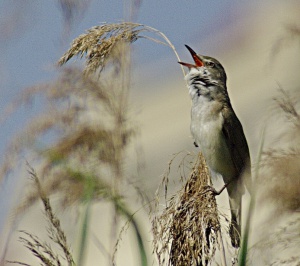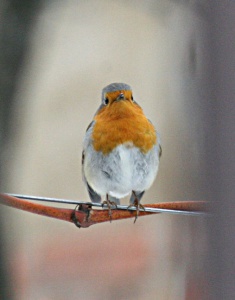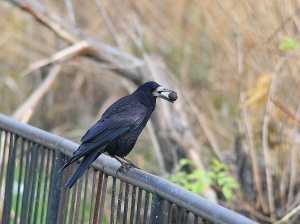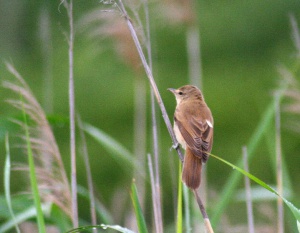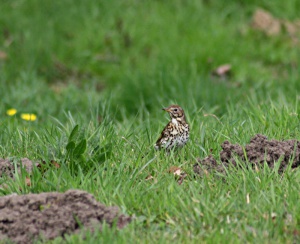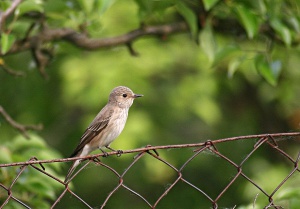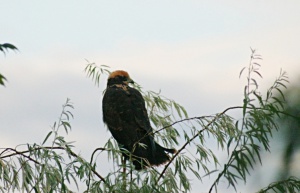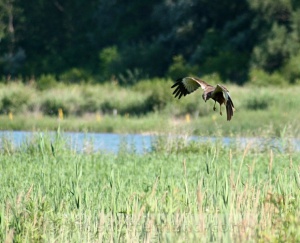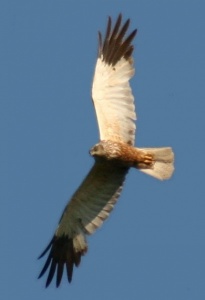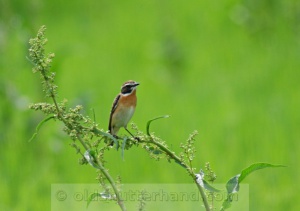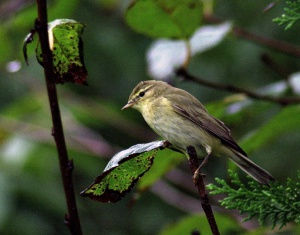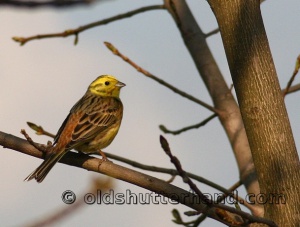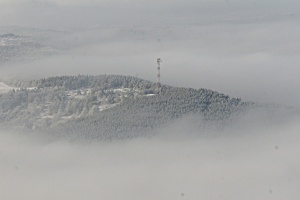Soligor 100 400 review – Soligor 100 400/4,5-6,3
Soligor 100 400 review – Review of the Soligor 100-400/4,5-5,6 ‘Super tele’ – I put a dedicated gallery with this lens
Soligor 100 400 review
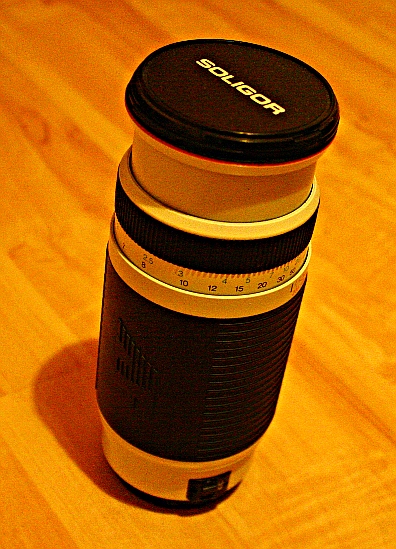
Soligor 100-400
The lens has been sold under different names as Soligor, Vivitar, Voightlander, and perhaps many other.
I was searching for a cheap super tele lens for my Canon Dsrl. I would like to have at least 400mm focal length for bird photography. Although the lens is no longer in fabrication it is quite common in auction sites like ebay, used, for very little money (Compare to the other possibilities).
I got mine about 150 Euros with a Soligor 2x teleconverter. The converter is totally useless on this lens, as the lens struggles in sharpness at longer focal lengths even without the converter, and very dark f/6.3 already. Any converter even the 1.4x one is kills the results optically. For any sharpness at 400mm must stop down the lens to f/8. With a converter it is f/11 already.
If you have 1500 Euro for a Canon 100-400 L, don’t bother to read my review, this lens by no meaning a substitute for that lens. But if you search for a budget option, and you don’t expect the highest optical quality, this lens can be a real bargain (more of a price point of view). If you not sure about the quality is meets your needs, I put some pictures made with that lens.
I had an idea to photograph birds, and at that time I didnt have a Dsrl camera, I know from my experience from the Fuji S8000 that 300 mm not tight enough to framing birds (on Aps-C Dsrl, like 20D, 30D, Rebels, 7D, etc). I search for a lens with minimum 400 mm focal length.
Autofocus:
Not the quickest, but does his job, much more consistently, as the Canon 50/1,8 II for example. In normal usage, quite reliable, misfocused shots more of a user error, than an equipment problem.(if the photographer hands are not shaky).
Optics:
________________________________________________________________________________________________________________________
For birding I mostly use the lens at f/8 and turned up the ISO until it is needed for a minimum shutter speed of 1/1000th second, or the maximum possible shutter speed. The lens more sharp at the short end and let’s say 200mm at f/8 the sharpest. Unfortunately the optical quality doesn’t remain at the same level at longer focal length, slightly degraded, and contrast is reduced. In spite of that i usually use the lens at 400 mm. It is possible to have quite ‘ok’ shots if i managed to approach the bird very closely (good light help as well). In shorter focal length the lens needs to be stop down as well in order to receive ‘ok sharp’ images. At 100mm can be quite nice, but don’t expect Canon “L” type color or contrast.
Build quality:
Reasonable built quality from plastic, the mount is metal of course. If you knock it to something or drop it, easily can be damaged, after can fall apart. It can happen even if you take care of it.
No match to Canon ‘L’.
Zoom:
Push pull design, good for quick framing, I prefer this one over the normal turn type zoom. Many people prefer the turn-type zoom action.
Colors:
Colors are not so saturated, little bit on the ‘colder’ side.
Good news:
Very cheap, extremely versatile, not bad until 200 mm, quite long (400 mm), light, relatively good autofocus (micromotor).
Bad news:
No ‘free lunch’, not the sharpest at long end, noticeable chromatic aberration (purple fringing in high contrast scenarios), narrow aperture (dark).
What is the difference between this lens and a Canon ‘L’:
I can compare this lens with the Canon 70-200 f4L or 200/2.8 L, see the comparison below:
Price
: The Canons are 3-4 times more expensive used.
Optical differences:
In general the – ‘wow factor’,The Canon’s whites are more white, the blacks are more black, Canons are much sharper, has better contrast and more clear crisp looking pictures, much better colors
Mechanical differences:
The Canon’s has better build quality, and much better quicker, quieter, precise usm autofocus
Do I recommend this lens over the above Canon lenses:
It depends. If you don’t have budget for the above Canons yes, it is good for studying photography with a long tele. If you can easily buy the above Canons – no, the above mentioned 2 lens is a much better even with a 2*teleconverter attached. It is also depend on what you want to do with it. If you want a versatile long lens and satisfied with the quality (you can check my pictures below) yes. For portraits or compressed landscapes can be quite ok outside.
Alternatives
For more money I would suggest the Canon 70-300mm is lens, which is not the best, not 400mm but used can be a good value on a tight budget. The Sigma 100-300 f4 lens is also and interesting alternative. The lower cost alternatives is the Sigma 70-300mm, the Tamron 70-300mm and the Sigma 70-300mm APO. Usually these 70-300mm consumer zooms are not very sharp at 300mm, but significantly sharper up to 200mm focal length.
Recommendation
I only recommend this lens if you on a tight budget to find something long. Simply it is one of the cheapest auto focusing lens out there. You can get this lens very cheaply. It is hard to beleive that a serious shooter like the photo quality long term. At shorter focal lengths at f/8 it is ok, but at longer focal lengths is not very sharp.
Gallery with this lens (be aware that the best pictures made from very close distances 2-3m, the closest focus distance is 2m, also I made some post processing-sharpening, contrast, colours adjustment):
